Notebooks – Resources
Please visit — Notebooks – Acquiring Habits of Intellectual Effort — if you haven’t read it yet. It contains a distillation of my thoughts on the foundational ideas from Charlotte Mason on her notebooks. The following are simply resources and links that have been of use in our own home as we work in our notebooks – toward “acquiring habits of intellectual effort”. {CM, Volume 5}
History Resources
Pens – We use Pigma Micron pens in various sizes for our work in our notebooks. We use different sizes, but the older student (that would be working in the Book of Centuries) appreciates the very, very fine point of an 005 (.20 mm) point pen. This is a great assorted size set which we like because it has a good size/fit for everyone and every need.
Book of Centuries – I have been earnestly searching for the format described by Miss Bernau for a new notebook for our Book of Centuries — bound, 2 page spread for a century, one page lined (with approximately 20 lines) and one page blank for illustrations. After a long and seemingly futile search, a friend suggested the Cachet Fusion notebook and it fits our needs perfectly! We’re using the 9 x 12 size, {but there is also a 7 x 10 option}. I like the foldback option of the double coil. The lined pages have 22 lines with a text box above the lines. So, it isn’t perfectly as described, but I think it will work within the description. We’ll write the century title on the first lines, use only 20 lines for our entries, and the remaining sections for chosen illustrations. Just so you can see, here are a couple of images of this notebook:
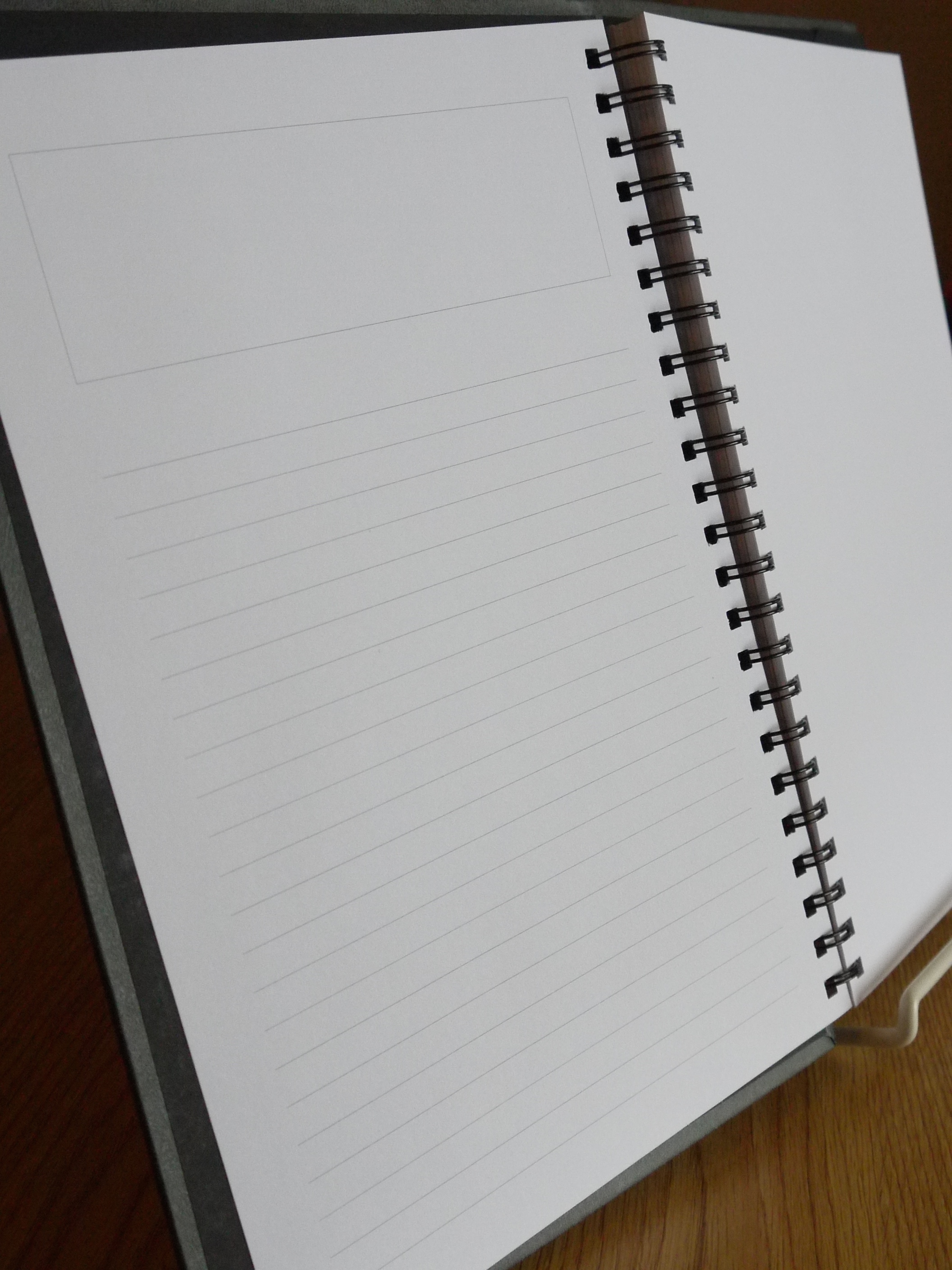
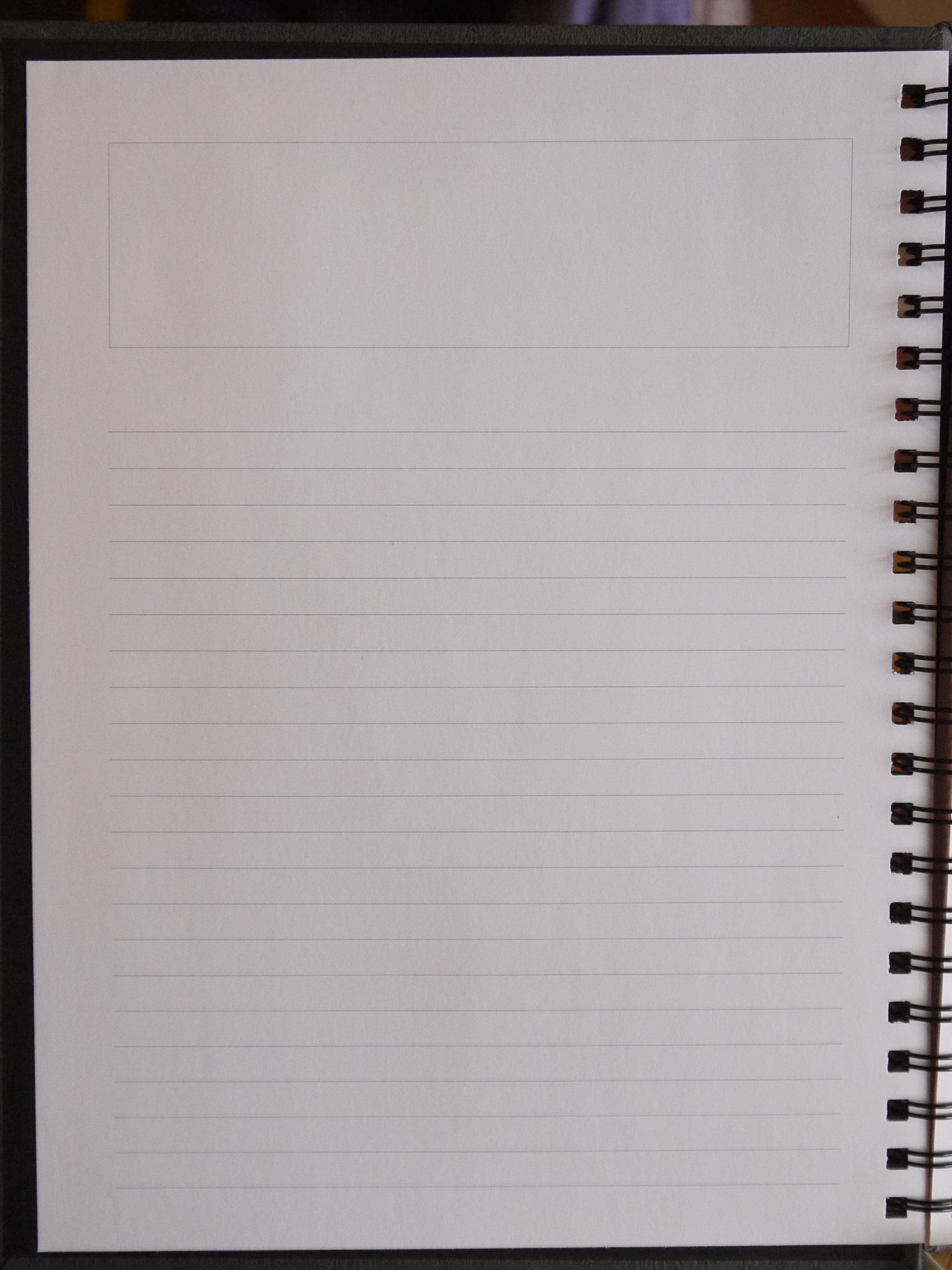
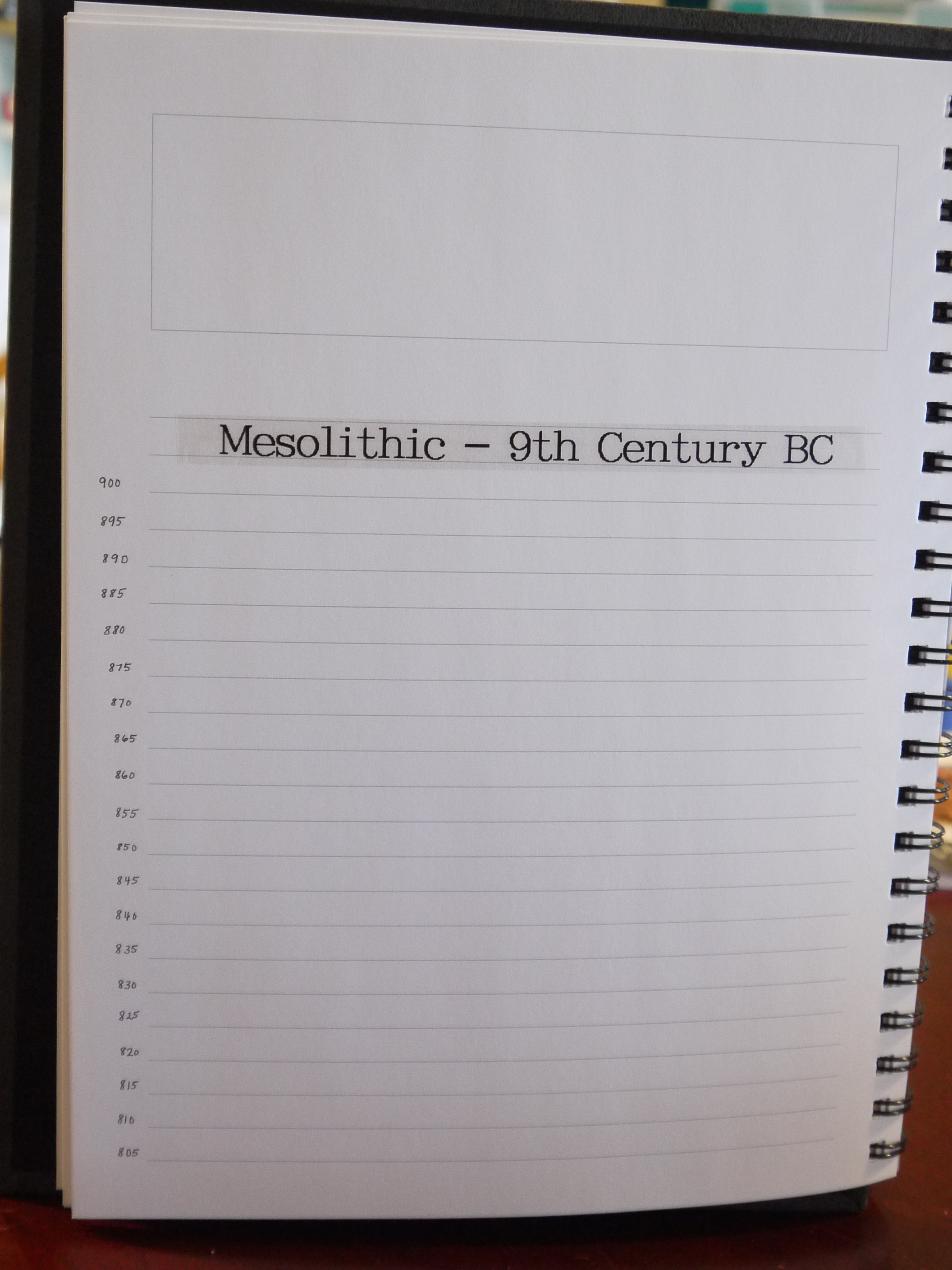
I used my Epson LW-400 Labelmaker to label each century page as a way of saving time {clear tape, black font}. These photos show it a little shinier and more obvious than it actually is.
Science Notebook & Lab Books
I have always enjoyed how integrated and even anchored the sciences are to the regular and very thoughtful Natural History studies in a Charlotte Mason education. Different children have kept science notebooks in different ways. For high school sciences, my oldest daughter uses the simple composition book.
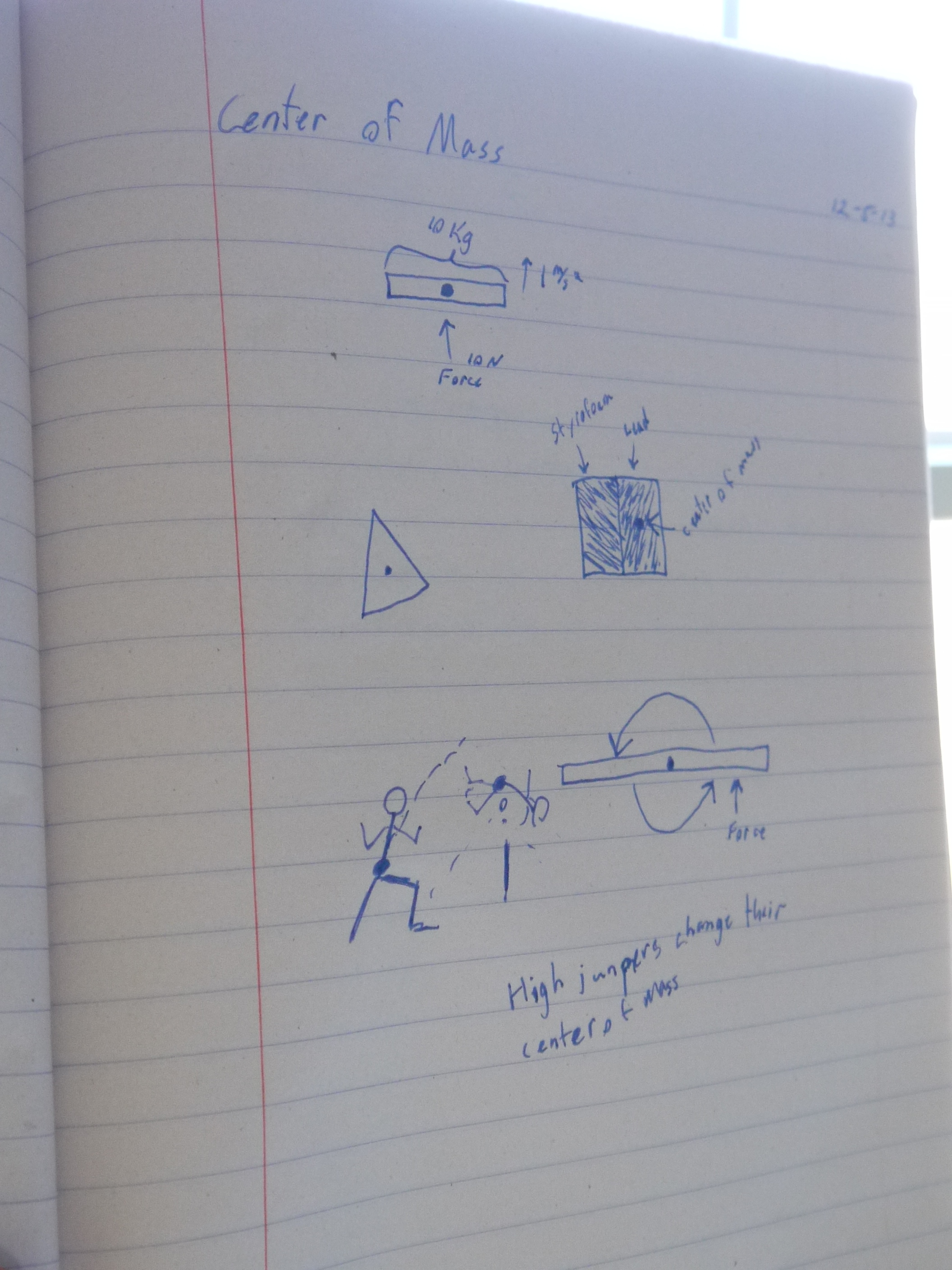
My very science-passionate son prefers the National Brand Engineering and Science Notebook. These are not cheap notebooks, but they are fantastic because one page is 10 x 10 quad ruled (great for schematics, plans, designs, drawings) and the opposite page is lined for notes from the experiment or project.
Math Notebook
If your math student has difficulties with neatness and lining up their work in a tidy way (which results in errors of carelessness), I can’t tell you how much we have benefited from the Quad Ruled notebook for math!
Calendar of Firsts
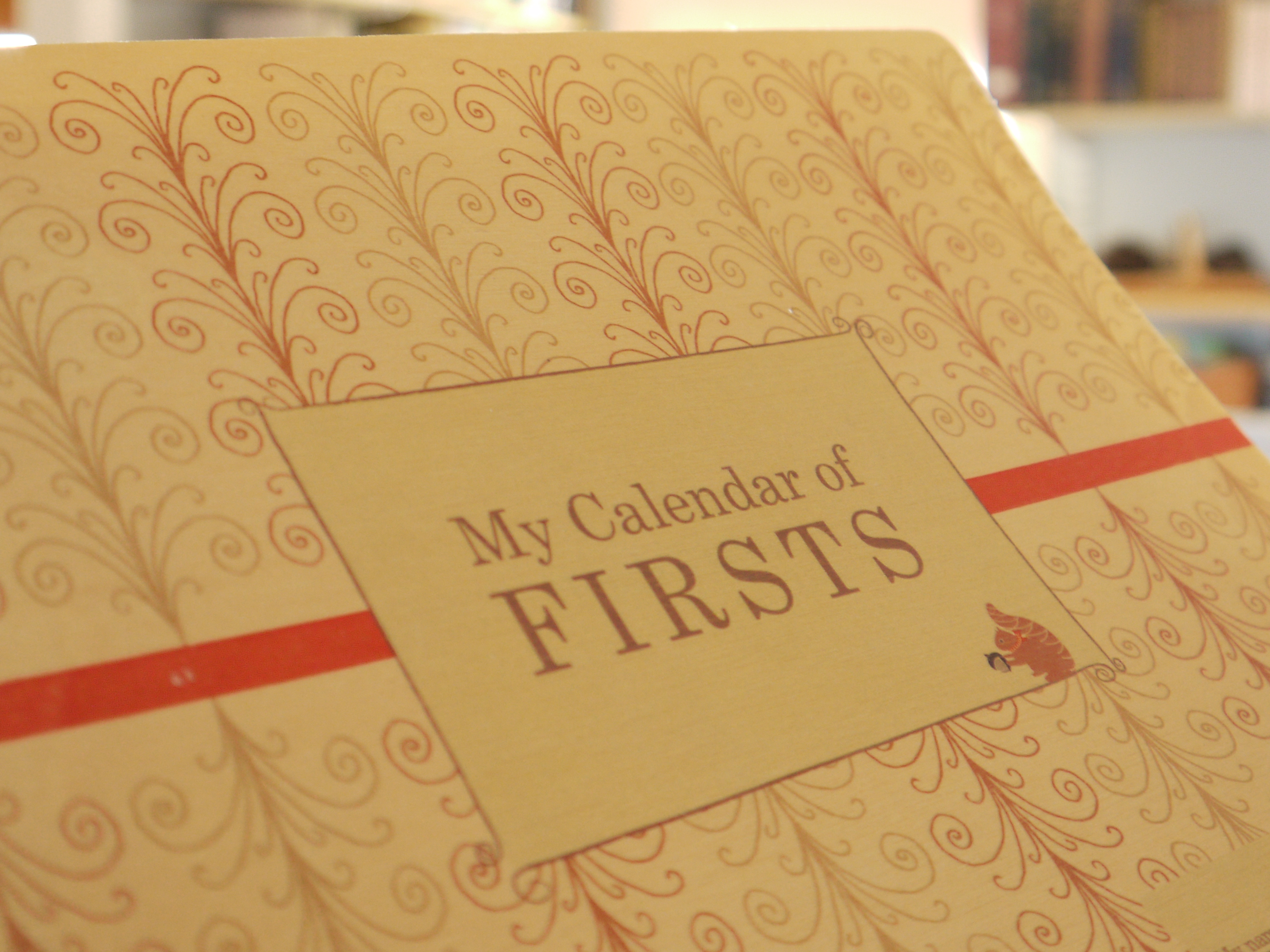 We’re new to this habit, but enjoying it immensely. I have learned that to be attentive to our Calendar of Firsts, I have to have it out, open, and available at all times, and…turned to the correct date. So, with that in mind, I cleared a small shelf near my desk for it.
We’re new to this habit, but enjoying it immensely. I have learned that to be attentive to our Calendar of Firsts, I have to have it out, open, and available at all times, and…turned to the correct date. So, with that in mind, I cleared a small shelf near my desk for it. 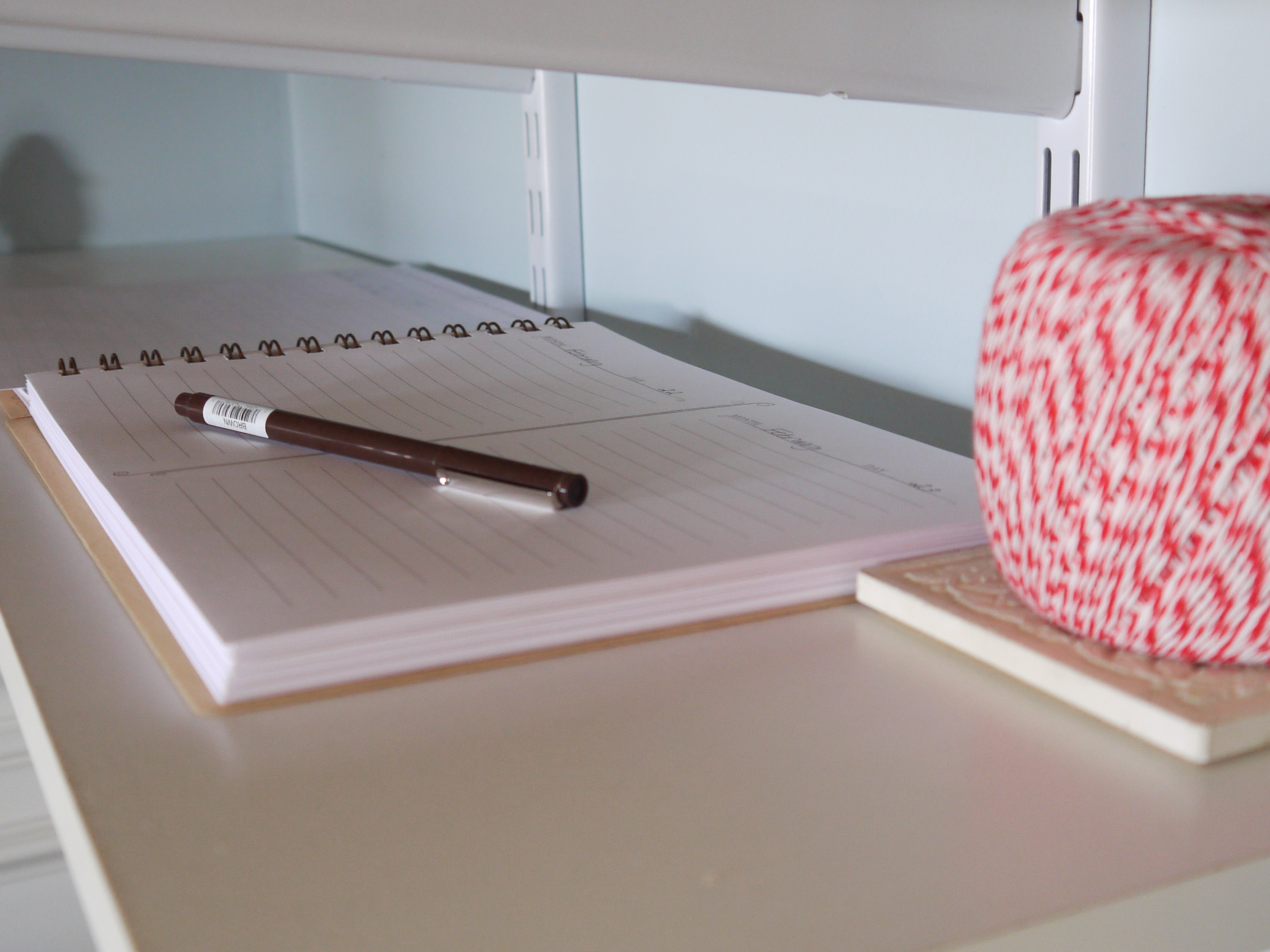
I like to keep a special pen right there so that as soon as we note a first we can jot it right down.
The calendar we use was produced by one of my favorite companies, Night Owl Paper Goods. (I love supporting local companies!) So, when I saw that they produced the Calendar of Firsts based on the design and layout from Red Mountain Community School, I was intrigued.
I saw the Calendar of Firsts at a Living Education Retreat, and loved the pages: the weight and smoothness was perfect, and the covers in such a pretty birch wood. There are 2 days to a page spread, and you’ll need to write in the months and the days. Then, each year, add any new first as you see it and there will build a history of firsts and when they occur.
So, that’s our Calendar of Firsts, and if you’re interested, you can actually purchase it through etsy.
I do want to recommend a lovely Calendar of Firsts that my friend, Betsy at Immaculata Designs has produced and offers on her website as a free download. I particularly love this Calendar of Firsts because of the thoughtful design and Catholic images in the calendar! There is a beautiful Botanical image on each monthly page, and that is tied in with the liturgical year and traditions that connect the Blessed Virgin to particular flowers. It’s quite lovely and not to be missed if you’re new to this notebook! Do let Betsy know if you’re enjoying her beautiful Catholic Calendar of Firsts!
Copybooks
We use a few different forms for our copybooks. All of my children enjoy printing Notebooking Pages for their copybooks. There are a variety of general themes, and a number of targeted themed pages, too. We also use regular composition books (like these) for copybooks.
Commonplace Book
I have several themed Commonplace books, as do my older children. For these more lovely, and thoughtful copybooks, we prefer a book that has a little more dignity to its form. We enjoy Moleskine notebooks (my older children prefer these). I also have a set of Botanicals Notebooks from Rifle Co. that are so fun to write in! And lately, I’ve really been enjoying the Martha Stewart lined journals for this type of notebook. I love the ivory pages!
The Enquire Within or Household Book
I used to keep a Home Management Binder, and found it a useful tool, but then it became too cumbersome and unwieldy. And then the magic of the internet with resources at your fingertips became so much more efficient a way to collect some of those ideas. This is one of those notebooks that works better for me in a digital form, and my “Enquire Within” is in Evernote.
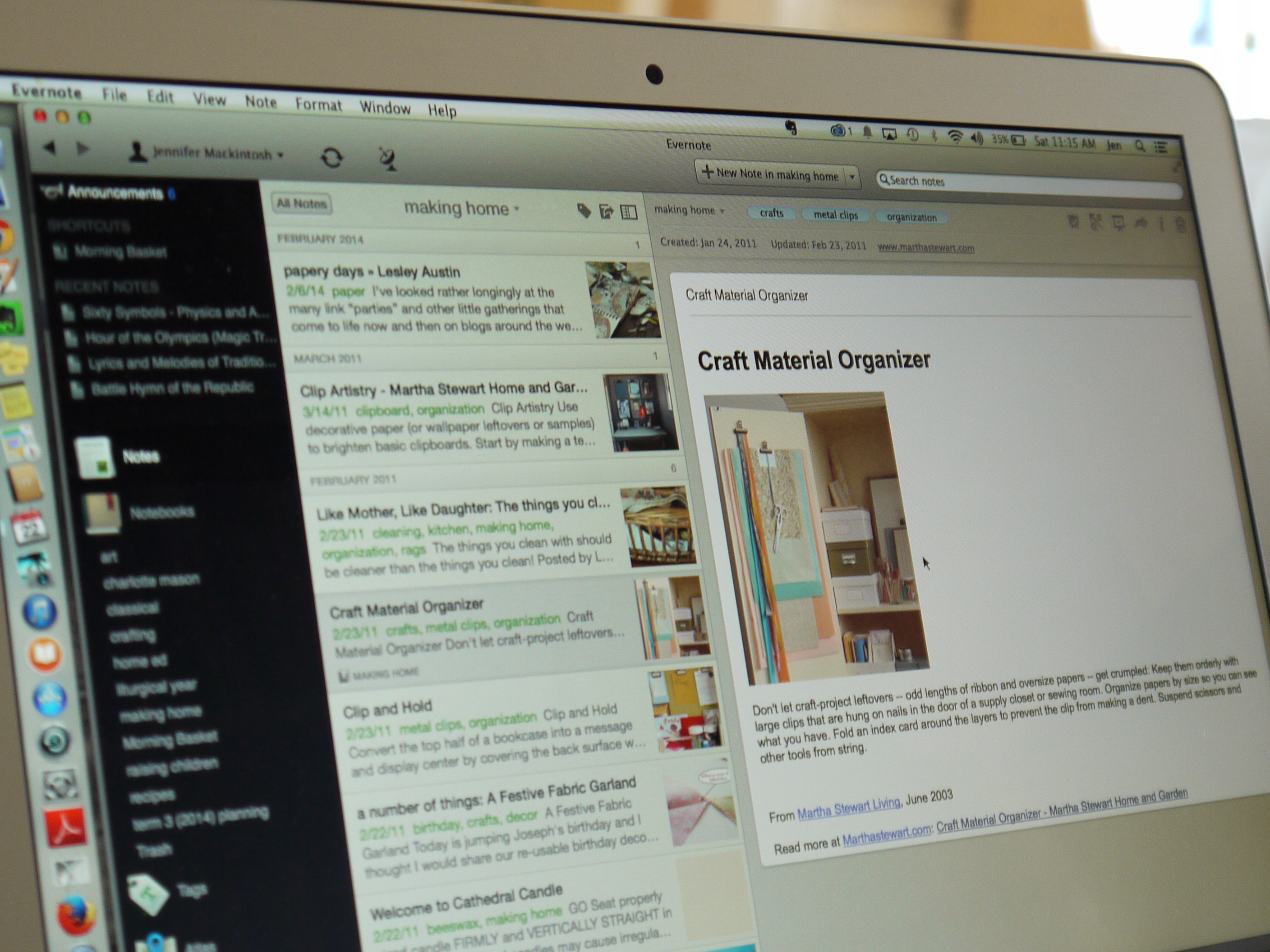 I keep ideas for projects, home keeping and tending resources, and various sources of inspiration all within my Evernote Notebooks.
I keep ideas for projects, home keeping and tending resources, and various sources of inspiration all within my Evernote Notebooks.
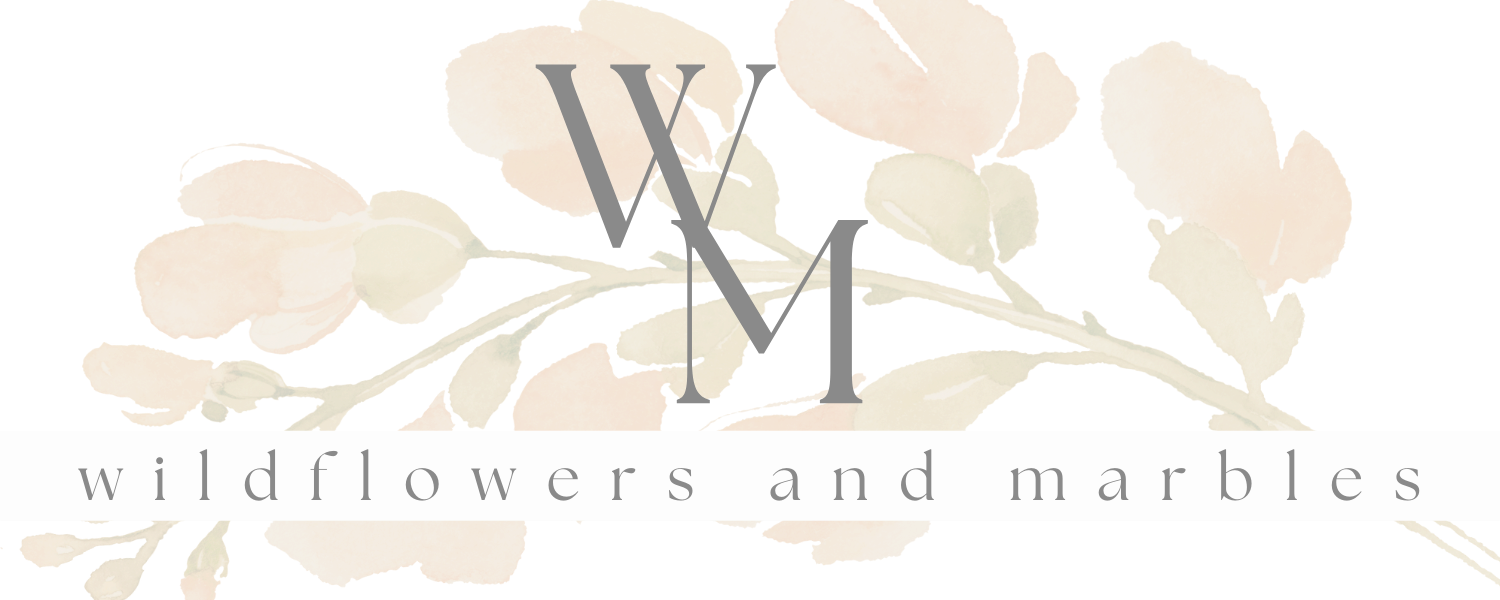
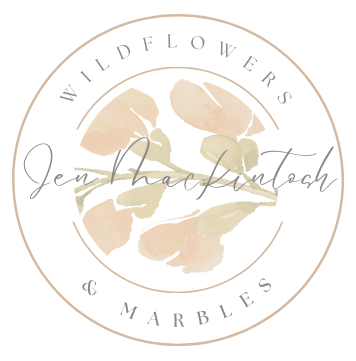
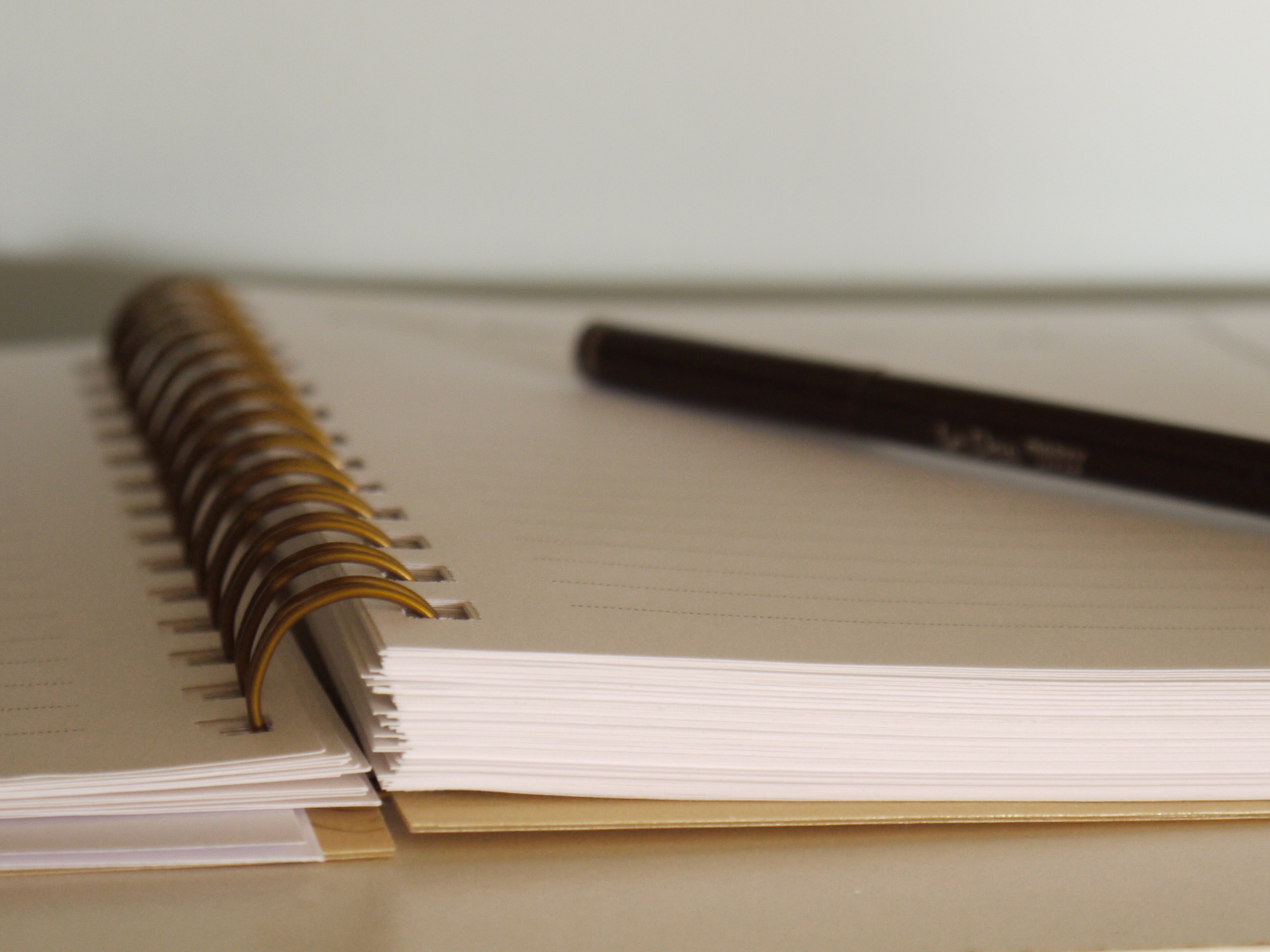
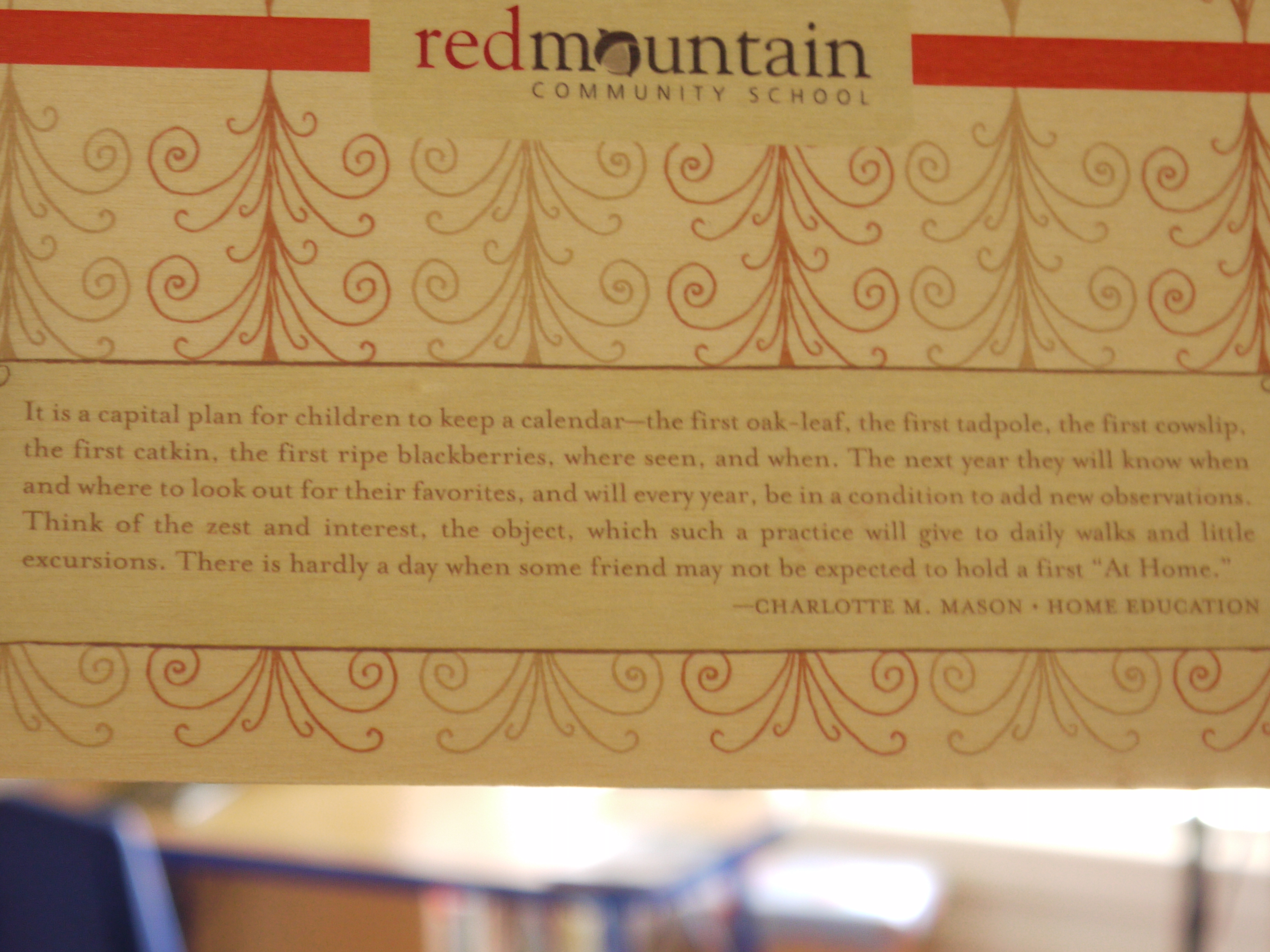
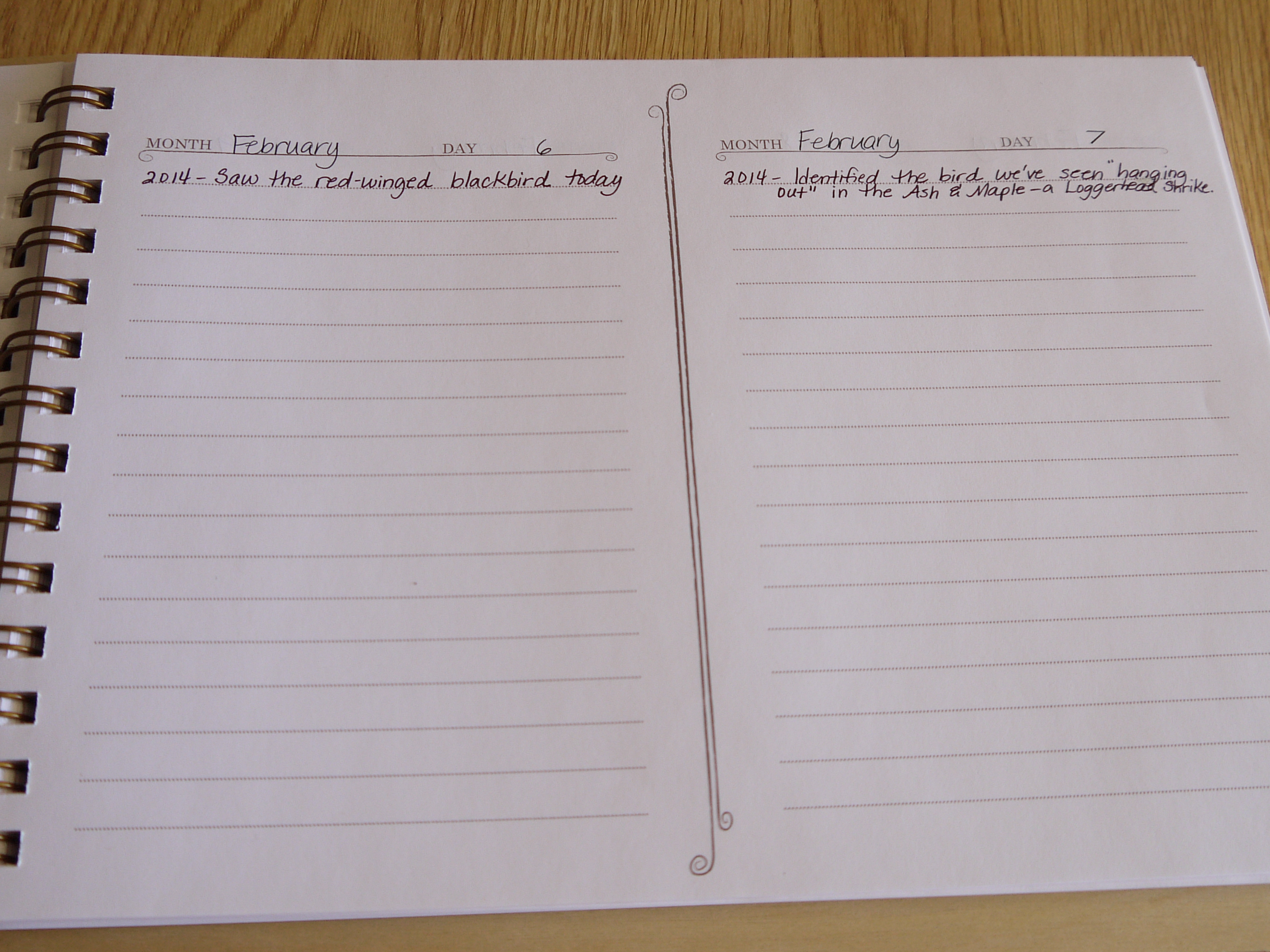
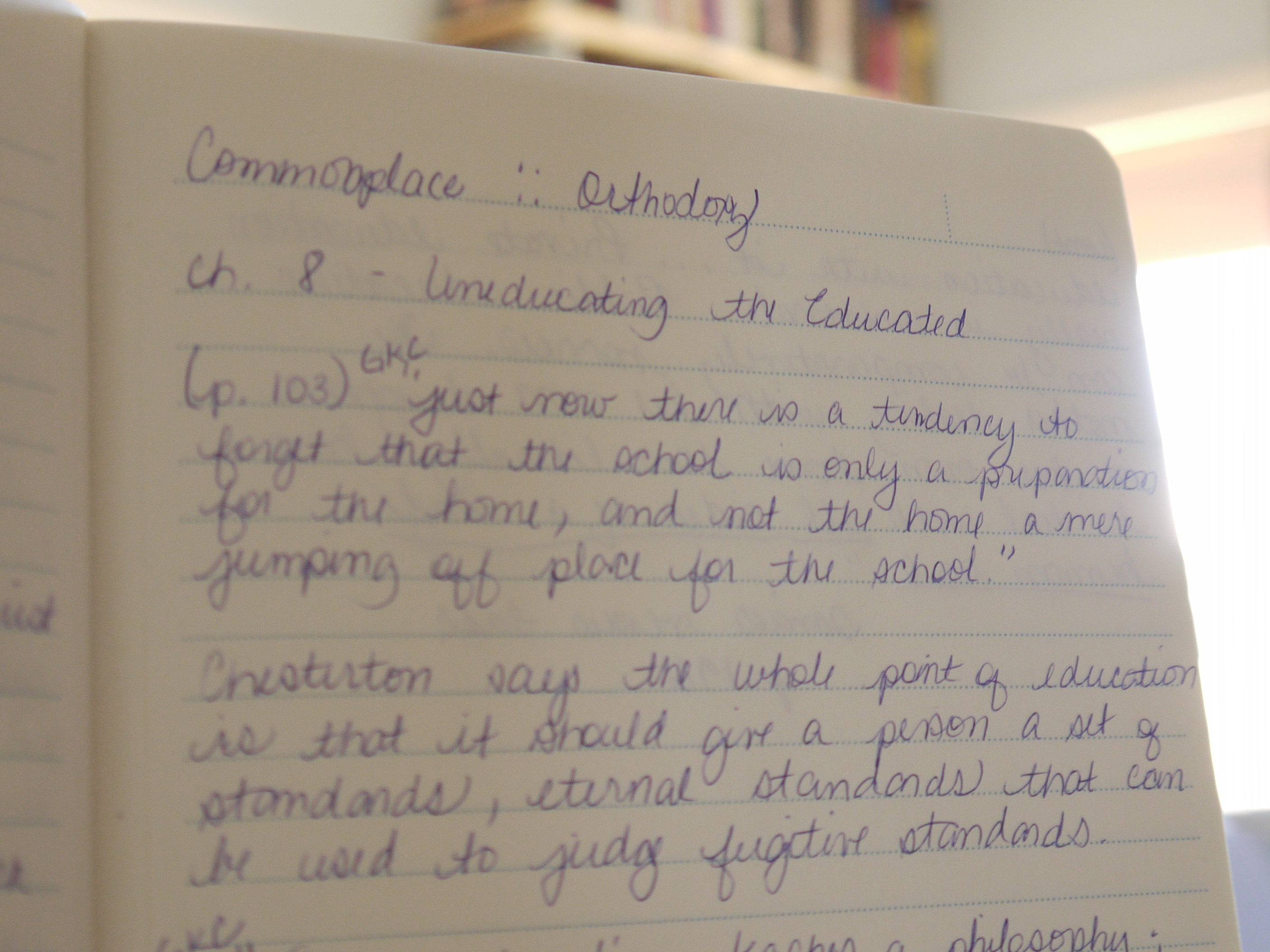


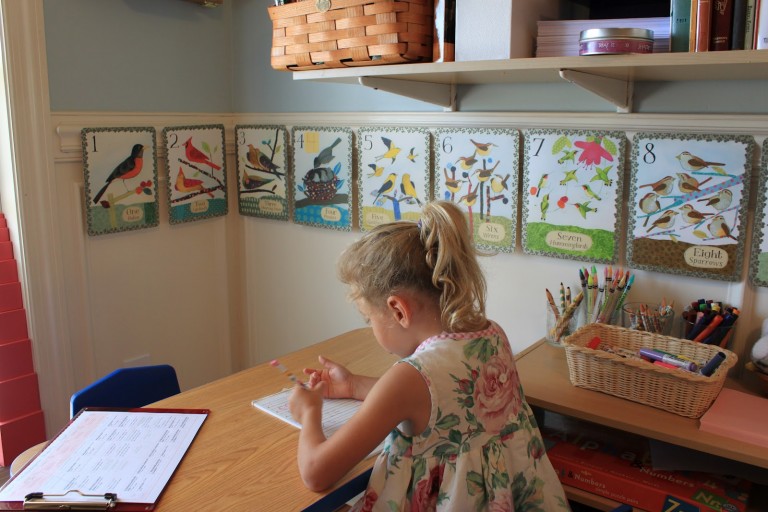
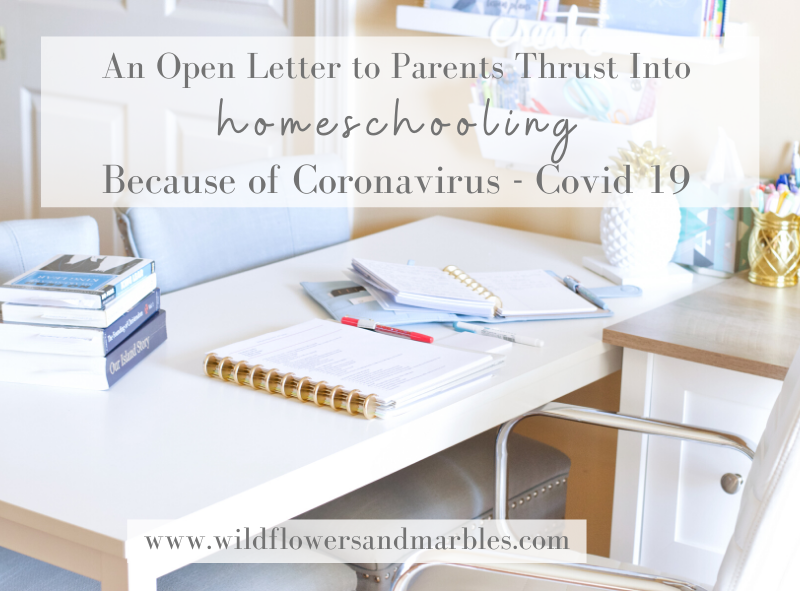
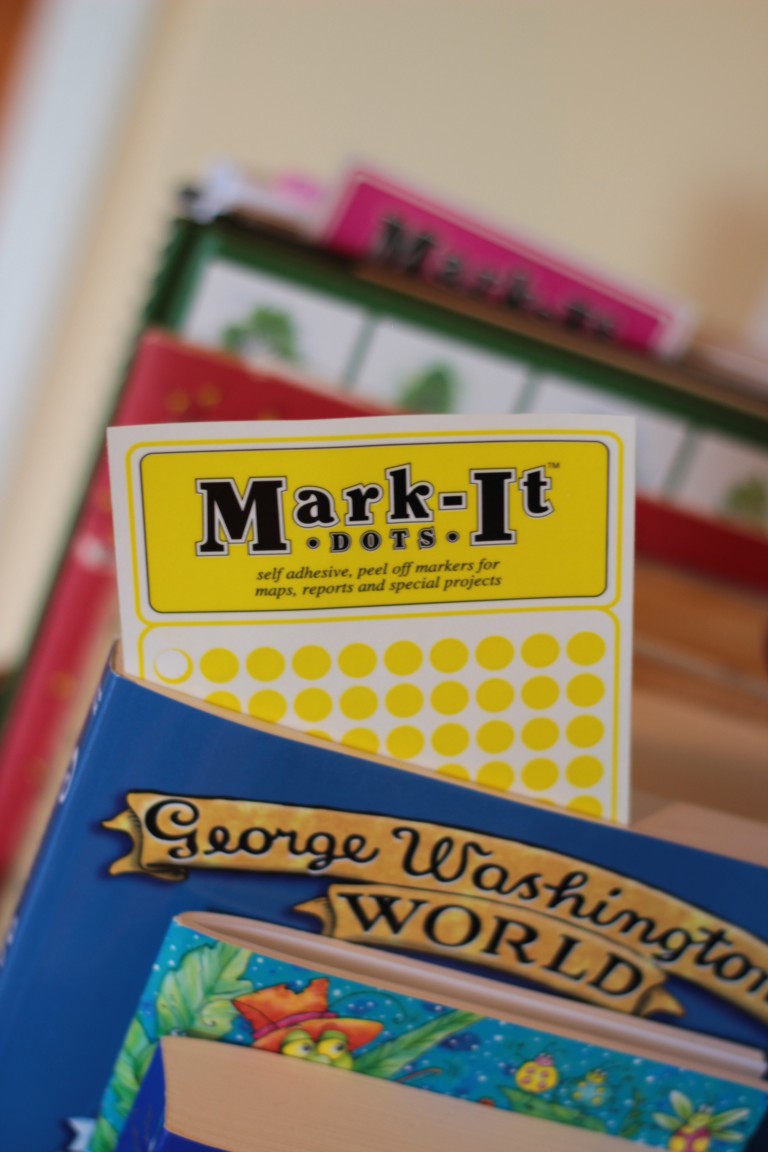
I really love how much variety there can be with the types of notebooks each person chooses to keep!
As I’ve been reading along I’ve begun to realize that I am already a “keeper”, and I didn’t even realize it before now! When I thought it through after reading this section I realized that I have:
*a prayer journal (meant to be a typical journal, but I always seem to end unintentionally with a written prayer),
*a reading notebook (where I take notes on what I’m currently reading)
*a family notebook (where I jot down funny things the kids say and do, or achievements they’ve had)
*a commonplace book (for my favorite quotes, copied in my best writing)
*a math notebook (to write out proofs as I work through Euclid)
*The family nature notebook
*a gratitude journal (we usually make entries in this daily as part of our morning basket time)
*poetry books for each child (where I copy the poems they’ve memorized)
Some others that I’d like to establish are
*a family notebook (like the one I mentioned above, but for everyone to contribute to – family jokes, memories, etc)
*a book of firsts (like you mentioned above – thanks for the source suggestions!)
*a question notebook (where the kids can write down questions they have and we can explore the topic together and record our findings)
*poetry books for each child (where I write out all the poems they’ve memorized)
There are more that I’ll probably come up with, I’m sure. It’s such fun to think this through and see all the possibilities unfold!
Isn’t that great, Lisa? How this is already so intuitive – the habit of keeping? I’m inspired by your list!
Jen, how do you like the wood cover on the Calendar of Firsts? That seems a bit of an odd choice to me… I think I would like a regular hard back better. But the whole idea of the Calendar — speaking as a gardener– is absolutely brilliant. Is it awful that I did not consider my children for one minute as I read about it?
I’m working on a post for this section right now, and I think what is striking me most are 2 things. One, how much simpler this sort of notebook ing is than the brand of notebook ing often referenced in homeschool circles, the kind that involves structured pages. (not those copybook pages you linked to, which are really forms, but I think you know what I mean?) And two, how much choice is involved in Mason’s notebooks — as you mentioned, everything is done in context. Of course another thing I am noticing is the importance of consistency, which is tough! But I did find this book such an inspiring read, so maybe there’s hope.
Hi Angela,
I don’t mind the wood cover on our calendar of Firsts. I was familiar with that choice and how it would hold up though since I had ordered from Night Owl Paper Goods before. The birch covers are very nice..but it IS slim birch wood cover. It isn’t as sturdy and rigid as a hard back, but it is more rigid than heavy cardstock (if that makes sense). So if you’re pretty sure you’d prefer a hard back then stick with that!
I **almost** included pictures of my Gardening Book of Firsts on this post, but I decided not to in order to confine myself to notebooks discussed in Bestvater’s book. But…my Calendar of Firsts and my Gardening Book of Firsts often overlap!!
And I totally agree with your observation on the simplicity of keeping notebooks in this manner as opposed to a more packaged, flip-open-fan-out-“bling-ed”-out type of notebook project. Is that an ok way to describe it? And yes…consistency. I do find that in looking back over the years there is a definite ebb and tide. In fact, notebooking in general slowed and ebbed away from us so much over the last year I wondered what had happened to it. ?? It’s one of the reasons I was eager for Ms. Bestvater’s book and this encouragement!
I enjoyed your post immensely – as always! Just haven’t had ANY time to comment or be online the past week. (I’m finishing up our 3rd term plans and tidying up the learning room here! 🙂 )
I shared my thoughts on this section here:
http://joyouslessons.blogspot.com/2014/02/the-living-page-copybooks.html
I really like your note that although Mason leaves the actual Keeping to the children themselves, she does “assign” it so that it becomes a regular intellectual habit. I think this is a great way to approach it both for our children and for ourselves–I often find that I need to create “assignments” for myself for any habits that I want to cultivate, whether than be reading, writing, trying new recipes, nature journaling, or Keeping of various sorts. And I feel the same way you do about the Commonplace: “I suppose that this notebook in particular has gained such a strong foothold in my imagination because it signifies that education is life long, it is self-motivated, and it continues to be living.” Since CM operates from the idea that children are born persons, it’s no surprise that the educational methods she suggests appeal and benefit to all ages–I love that about her method.
Very much looking forward to your thoughts on the history notebooks! We’re planning to start those in a couple years, so I’ve been soaking up ideas and formats and I’m very excited to see yours. 🙂
I so agree with your observation on those “motivators” you put in your way during the day (you describe them as “assignments” for yourself) to help you in building the habit of keeping. I have to periodically check-in with myself to see how I’m handling my own time management so I can put those helpful motivator-points in my day to help build habits! And…I’ve noticed (and I know you have too) that I have to work alongside my children to build those habits as well.
I really enjoyed your post!
I am excited to read through these posts. I am currently reading The Living Notebook as part of my Mother Culture schedule. It is beyond encouraging – I even took up a commonplace book again, as I had when I was in my late teens and early twenties. It has been about a decade, but it is refreshing! It’s not difficult to see how it enriches our learning experience.
I am going to begin blogging through these sections and linking it here, if it’s not too late to start now. Thank you so much for hosting such a lovely discussion!
Thank you also, for linking to Betsy’s beautiful Book of Firsts! I had seen it mentioned in forums when I did a google search a few weeks ago, but could not find a working link to it anywhere. It is lovely!
Violet,
I’m thrilled to have you along! Yes – please do join in! This is an open discussion and you’re not late at all!! I’d love to read along with your thoughts! 🙂
I have finally added my own thoughts on this section to my blog but can’t make the linky work… I am not sure why, because it has worked for me otherwise to find other people’s posts and to link my nature notebook post. But here is mine: http://mommyerin.blogspot.com/2014/03/the-living-page-book-discussion-3-types.html
I like what you said about many notebooks just being themed commonplace books… that is what i have found with my own persona note-keeping.
And I love what you wrote here: “These Charlotte Mason notebooks aren’t a compartmentalized addition to a curriculum. They are within. They add richness and value to the great feast of ideas.” Yes. Keeping notebooks has definitely added a richness to my life – and allowed me to see the richness in the everyday things, too!
Now off to read up on the history section discussion!! 🙂
Loving this chapter – the things you can do with a blank page!
Here are some of my thoughts: http://www.marigoldcottageschool.com/2014/03/notebooks-meaningful-collection.html
I’m so glad you are hosting this discussion, Jen! I’ve finally read the first three “assignments” and cobbled together a few thoughts on my blog. (http://flareoflight.blogspot.com/2014/03/the-living-page-first-three-weeks.html) I’m looking forward to tackling the history notebook section this week! Thank you for giving me the extra little nudge I needed to pick up this book. It has been so rewarding and thought provoking – and it has led to some wonderful new (or renewed) practices as well.
I really enjoyed your post, Amber! I’m so glad you’re able to read along! I’m a little behind in my posting Discussion #5…which may just give you a chance to catch up! 😉 I’m eager to read more of your thoughts! Especially on the history section!
Reblogged this on A Boy, Learning and commented:
resources
I like how you labeled your Book of Centuries. Do you have the date order that you used anywhere on your blog?
I don’t think I have posted it anywhere, Amber – but I’ll list it here for you below. Each of these labels comprises one two-page spread in the BOC:
Paleolithic Period – Prehistory
Mesolithic – 13th Century BC (Here I begin dating lines…in 5 year increments, starting at 1300 BC and going to 1205 BC)
Mesolithic – 12th Century BC (1200 – 1100 BC)
Mesolithic – 11th Century BC (1100 – 1000 BC)
Mesolithic – 10th Century BC (1000 – 900 BC)
Mesolithic – 9th Century BC (900 – 800 BC)
Neolithic – 8th Century BC (800 – 700 BC)
Neolithic – 7th Century BC (700 – 600 BC)
6th Century BC (600 – 500 BC)
5th Century BC (500 – 400 BC)
4th Century BC (400 – 300 BC)
3rd Century BC (300 – 200 BC)
2nd Century BC (200 – 100 BC)
1st Century BC (100 – 0 BC)
1st Century AD (0 – 100 AD)
2nd Century AD (100 – 200 AD)
3rd Century AD (200 – 300 AD)
4th Century AD (300 – 400 AD)
5th Century AD (400 – 500 AD)
6th Century AD (500 – 600 AD)
7th Century AD (600 – 700 AD)
8th Century AD (700 – 800 AD)
9th Century AD (800 – 900 AD)
10th Century AD (900 – 1000 AD)
11th Century AD (1000 – 1100 AD)
12th Century AD (1100 – 1200 AD)
13th Century AD (1200 – 1300 AD)
14th Century AD (1300 – 1400 AD)
15th Century AD (1400 – 1500 AD)
16th Century AD (1500 – 1600 AD)
17th Century AD (1600 – 1700 AD)
18th Century AD (1700 – 1800 AD)
19th Century AD (1800 – 1900 AD)
20th Century AD (1900 – 2000 AD)
21st Century AD (2000 – 2100 AD)
Jen,
This post is how I found you in the first place, as someone had linked here from the AO Forum. I am so glad I found you, as I can tell you are a wealth of both wisdom and practical resources, too. Anyway, I didn’t see a recommendation for a nature notebook. Did I miss that? Is there one you recommend? Thanks so much!